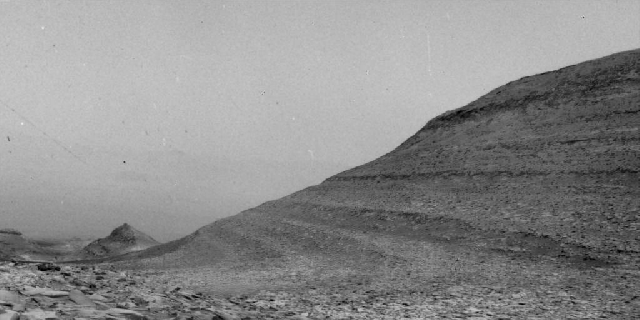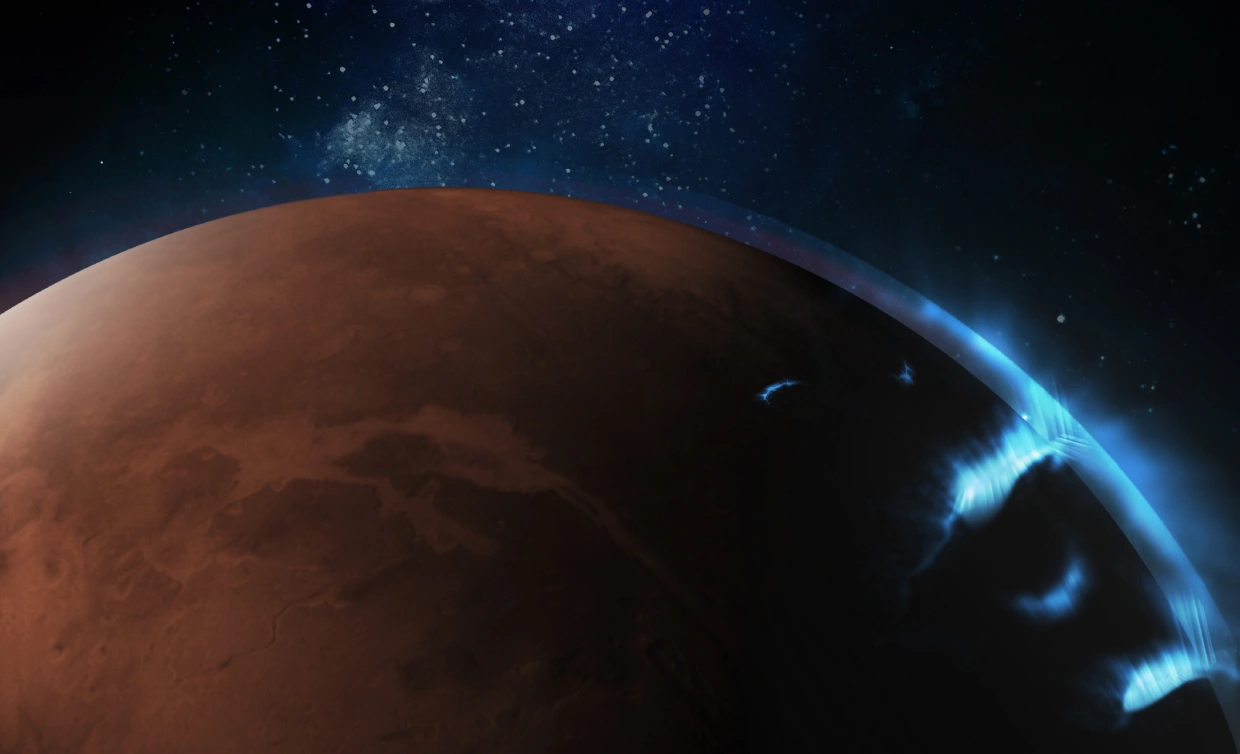NASA’s advice to future astronauts caught in a solar storm on Mars? Hide behind something — or get ready to absorb a devastating radiation dose.
Instruments on the Curiosity Rover registered strong solar flares on the Red Planet in late May. Camera footage arrived on Earth, showing intermittent white flecks as charged particles slammed into the lens.

Video: NASA
The biggest event hit on May 20, delivering a solar flare NASA estimated at a severity of X12. It’s one of the strongest categories of these solar barrages, and it ripped into the Martian surface with a radiation dose of 8,100 micrograys — equivalent to 30 chest X-rays.
Duck and cover
NASA pointed out that future astronauts could be standing alongside Curiosity or other equipment during similar storms. The radiation dose from an equivalent event wouldn’t be lethal, but the astronauts would be best advised to take cover. Don Hassler, principal investigator with the Southwest Research Institute’s Solar System Science and Exploration Division, helped monitor the storm for NASA.
“Cliffsides or lava tubes would provide additional shielding for an astronaut from such an event,” Hassler said. “In Mars orbit or deep space, the dose rate would be significantly more.”
It sure would. The recent X12 event paled compared to one the Odyssey spacecraft, orbiting Mars, absorbed in 2003. That punishing storm destroyed an instrument on board the craft specifically designed to measure solar radiation. NASA clocked it at X45 — on par with the famed Carrington Event.
Hardware from NASA and the European Space Agency helped measure the recent blast, which also produced numerous auroras in Mars’ night sky. Martian auroras emit ultraviolet light rather than visible light like ours do, so they can’t be seen by the naked eye. Because Mars has no magnetic field, auroras also don’t scatter toward its poles. Instead, they engulf the entire planet.
Earthbound aurora watchers should stay tuned — Hassler added that high activity on the solar surface could unleash more storms toward Mars and Earth in the coming weeks.






